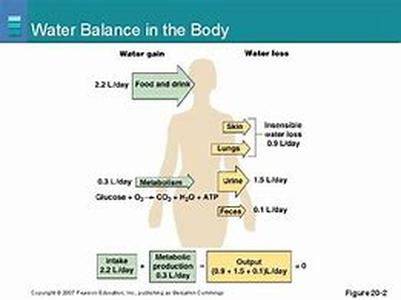
Flaxseed Oil Comes From The Flax Plant, Linum Usitatissimum. Since The Ancient Times, The Slender Linum Usitatissimum Has Been Used As A Source Of Fiber For Linen Fabric. It Also Boasts A Long History As A Healing Herb. The Flax PlantThe Flax Plant Is An Annual Plant That Reaches Up To A Height Of 50 To 100 Cm When Fully Grown. When It Approaches Maturity, The Plant Produces Flowers With Large Petals Of Blue Or White Color. Generally Speaking, The Blue Variety Of The Flax Plant Produces Fine, Good Quality Fiber. The White Variety On The Other Hand Produces Stronger, Coarser Fiber. The Flax Plant Grows In Wide Areas Of Temperate And Sub-tropical Regions In The North And South Hemispheres. It Was First Cultivated In Europe But Its Use For Weaving Into Linen Cloth Dates Back To Egyptian Dynasties Over Four Thousand Years Ago. From The Latter Part Of The Middle Ages, It Became The Most Commonly Used Textile Material In Europe. It Was Not Until Later That The Plants Brown Seeds Were Regularly Used To Prepare Balms For Inflamed Skin And Healing Slurries For Constipation. Today, Flaxseeds, Or Linseeds, Are Best Known For The Therapeutic Flaxseed Oil That They Produce When Pressed. Flaxseed Oil Is Rich In Essential Fatty Acids, Or EFAs, Earning A Reputation For Treating A Range Of Ailments, From Heart Disease To Lupus.Flaxseed Oil: Health BenefitsThe Key Healing Components Of Flaxseed Oil Is The Essential Fatty Acids. The Body Needs Essential Fatty Acids To Function Properly And Since It Cant Manufacture These Substances On Its Own, EFAs In Flaxseed Oil Is Particularly Valuable. By Working Throughout The Body, Flaxseed Oil EFAs Helps Protect Cell Membranes. They Keep Them Efficient In Receiving Healthy Substances While At The Same Time, Keeping The Damaging Ones Away.There Are Actually Two Types Of Essential Fatty Acids In Flaxseed Oil. One Of Them Is The Alpha-linolenic Acid Or Omega-3 Fatty Acid. Fish Oils, Aside From Flaxseed Oil, Are Also Rich Sources Of Omega-3s And This Is Why A Lot Of Doctors Advice Their Patients To Include Fish In Their Diets. Just One Teaspoon Of Flaxseed Oil Contains About 2.5 Grams Of Omega-3, Equivalent To More Than Twice The Amount Most Americans Get Through Their Diets. This Makes Flaxseed Oil A Very Rich Source Of Omega-3. Flaxseed Oil Omega-3s Reduce The Risk Of Heart Disease And Numerous Other Ailments. In Addition, Flaxseed Oils Also Contain A High Amount Of Lignans, Substances That Appear To Positively Affect Hormone-related Problems. Lignans May Help Prevent Certain Types Of Cancers And They Combat Specific Bacteria, Fungi, And Viruses, Including Those That Cause Cold Sores And Shingles. Other Uses Of Flaxseed Oil Include Helping To: Lower Cholesterol, Protect Against Heart Disease And Control High Blood Pressure; Counter Inflammation Associated With Gout, Lupus, And Fibrocystic Breasts; Control Constipation, Hemorrhoids, Diverticular Disorders, And Gallstones; Treat Acne, Eczema, Psoriasis, Sunburn, And Rosacea; Promote Healthy Hair And Nails; Minimize Nerve Damage That Causes Numbness And Tingling As Well As Other Disorders; Reduce Cancer Risk And Guard Against The Effects Of Aging; Treat Menopausal Symptoms, Menstrual Cramps, Female Infertility And Endometriosis; And Fight Prostrate Problems, Male Infertility, And Impotence.Product InformationFlaxseed Oils Sold In Botanical Shops Or Drug Stores May Come In Several Forms, Most Of Common Which Are: Softgel, Oil, And Capsule. Liquid Flaxseed Oil Is The Easiest Form To Use, Although It Must Be Kept Refrigerated. For Best Results, Take Flaxseed Oil With Food.TOTAL WORD COUNT - 580KEYWORDS "Flaxseed Oil" -18 (density 3.1)





